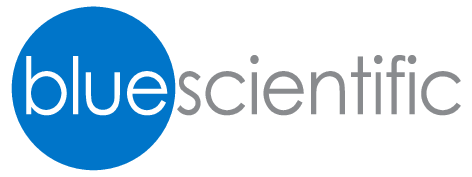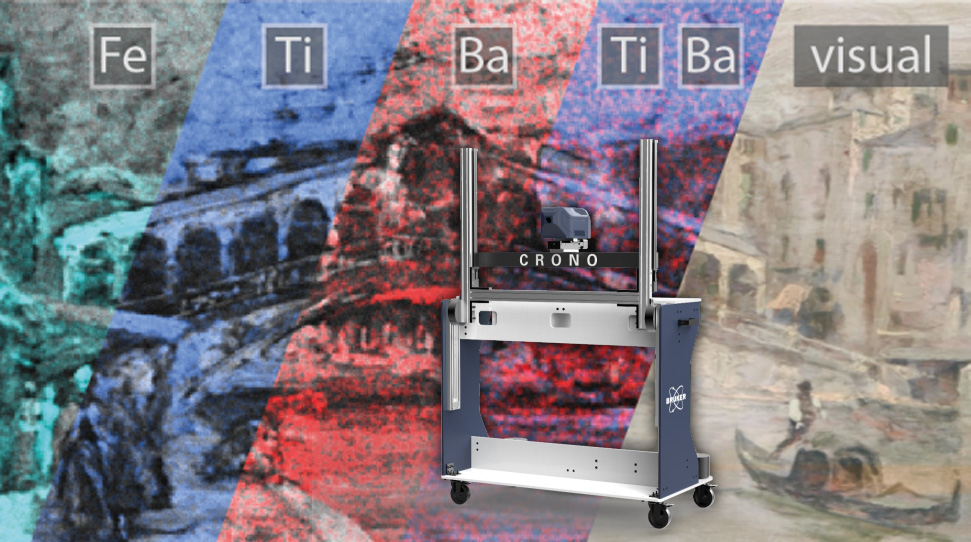Ideal for paintings, artwork, manuscripts and historic artefacts.


The Bruker CRONO is a mobile micro-XRF analyser for large artworks. Ideal for galleries and museums, perform fast, in-situ analysis of paintings and cultural heritage artefacts. Detect elements in the range from Na to U, even in the energy regions below 2 keV and above 25 keV (eg Sn, Sb and Ba K-edge emissions).
Ideal for paintings, artwork, manuscripts and historic artefacts.
Scan multiple elements simultaneously at a speed of 42mm/s.
Use vertically or horizontally, and fold for transport.
Weighs only 3kg.
Analysis is non-destructive and completely non-contact, with monitoring systems to maintain a safe distance of 1 cm from the surface.
The Bruker CRONO is a flexible system, which can be reconfigured for measuring different types of artefacts and paintings. The measurement head can be mounted on a trolley so you can tilt the frame from -20° to +90° from horizontal. The motorised frame and trolley can be dismantled easily for transportation.
It can also be converted into a portable scanner, by attaching the measurement head to a tripod. The head weighs only 3kg and measures 28 cm x 15 cm x 15 cm.
The excitation source is a highly efficient and compact X-ray generator with Rh anode. You can use different spot sizes, by selecting different collimators in the software (0.5 mm, 1 mm and 2 mm diameter).
There are also 4 software selectable filters, to improve low detection limits for specific applications.
Software is provided for instrument control and monitoring. Spectra and maps are displayed straight away during acquisition. A spectrum is stored for every pixel, giving you comprehensive data. PDF reports can be generated automatically for single measurements and projects.
Take a look at our analytical intruments for art conservation and cultural heritage.
The National Gallery in London used micro-XRF to reveal a hidden sketch on a Leonardo da Vinci painting, which is the focus of their exhibition: "Leonardo: Experience a Masterpiece".
An innovative exhibition and research project, where the public can watch researchers studying Rembrandt's painting "The Night Watch" with scientific techniques including micro-XRF.